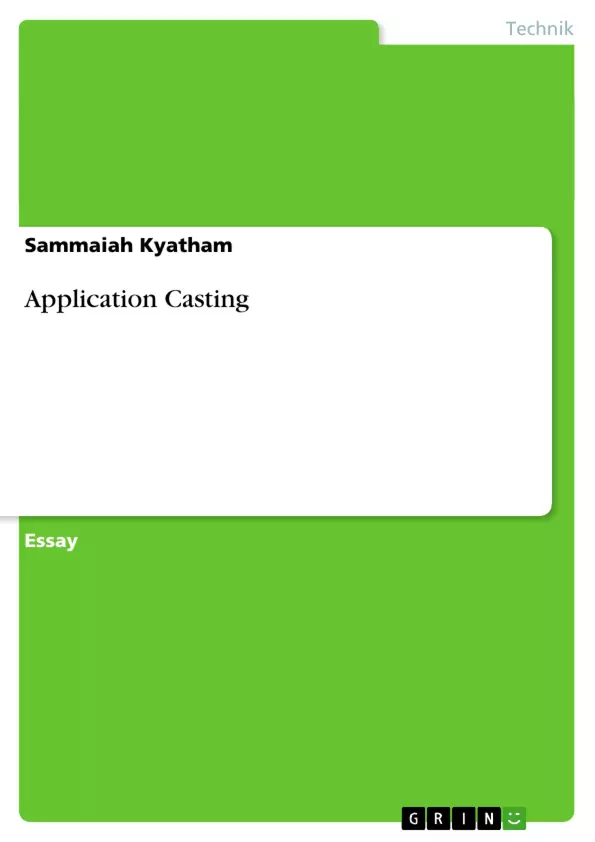ACKNOWLEDGEMENTS
For me, this thesis has been a rich and rewarding experience. Firstly, my profound gratitude to my guide, Mr. Eswara Reddy for his readiness at all times to be of help and whose critical suggestions, discussions and guidance were invaluable to the logical conclusion of this work. I feel really proud to say that I have worked under his guidance. I learned so much on many aspects of life. His self-less preaching influenced almost every aspect of my thought.
I would like to express my deep gratitude to our beloved Head of the Department of Computer Science and Engineering, Prof. A. Anand Rao for his encouragement and helping me in my thesis work. He always supported and motivated me to do hard work throughout my M.Tech.
K.SAMMAIAH (03001D2521)
ABSTRACT
This thesis describes the research and development of Application casting, a low bandwidth application sharing system.
A software system for all computer users right from students to a normal user which lets users show and give control of a part of their desktop area to some other person over a network using extremely low bandwidth would be of great help for computer users. In the current scenario where every platform is having its own standards, such a system should work on any platform with very less dependencies. Such a system would be of great help for online teaching, remotely accessing a machine, remote trouble shooting a machine, remotely demonstrating an application etc.,
Approach for sharing application:
Initial part of the research was to grab one user’s desktop and share it with another user. This can be done in several ways like grabbing the stream that was sent to user’s monitor. But this involves native coding, which makes an application dependent on the operating system it is using. Further analysis of this problem resulted in capturing a user’s desktop as an image and sending it over a network.
Design of Application Casting has been laid out by taking bandwidth into consideration. The goal of the design was to make it work over very low bandwidth. There are two components for Application Casting, one at the presenter end and the other at the viewer end. In this document the component at the presenter end is called broadcaster and the component at the viewer end is called client.
Protocol:
Frequently asked questions
What is this document about?
This document consists of acknowledgements, an abstract, and a description of Application Casting, a low-bandwidth application sharing system.
Who is acknowledged in this document?
Mr. Eswara Reddy is acknowledged as the guide for the thesis, and Prof. A. Anand Rao is thanked for his encouragement and help.
What is Application Casting?
Application Casting is a software system that allows users to share a portion of their desktop with others over a network using extremely low bandwidth. It aims to work across different platforms with minimal dependencies.
What are the potential uses of Application Casting?
The system can be used for online teaching, remote access to machines, remote troubleshooting, and remote application demonstrations.
What was the initial approach to application sharing?
The initial approach involved capturing the stream sent to the user's monitor. However, this method was operating system-dependent.
What is the current approach to application sharing?
The current approach involves capturing the user's desktop as an image and sending it over a network.
What are the two components of Application Casting?
The two components are the broadcaster (at the presenter's end) and the client (at the viewer's end).
What protocol does Application Casting follow?
Application Casting follows RTP (Real-time Transport Protocol) packet structure based on RFC 1889.
What is the significance of RTP in Application Casting?
RTP provides end-to-end network transport functions suitable for applications transmitting real-time data. RTP data packets contain protocols hidden within the data. Based on this content, an RTP packet will be a control packet or data packet.
What is the main goal of the thesis?
The main goal of this thesis is the implementation of a low-bandwidth application casting system.
- Quote paper
- Sammaiah Kyatham (Author), 2005, Application Casting, Munich, GRIN Verlag, https://www.hausarbeiten.de/document/109843


